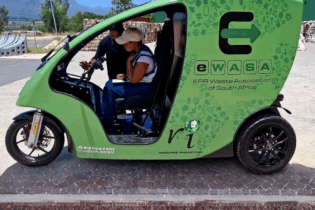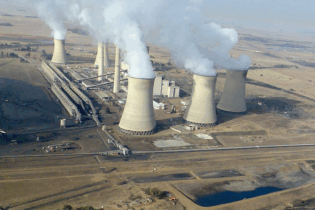PETCO was established 10 years ago to reduce the environmental and social impacts of PET products, and to realise the social and economic benefits that recycling provides.
This investment by industry, and the commitment by PETCO, has achieved recycling rates comparable with developed countries. CEO Cheri Scholtz shares PETCO’s secrets to success.What is PET and what kinds of products are manufactured using PET?
CS Polyethylene terephthalate (PET) is the rigid plastic labelled with the 1 code on or near the bottom of bottles and containers.
It is commonly used for carbonated beverages, bottled water, milk, juice, sports and energy drinks, jars, punnets, tubs and trays for food items, bottles for household, personal care and pharmaceutical products, and sheet and film for packaging.As with virgin PET, recycled PET (rPET) can be used to make many new products, including polyester staple fibre or filament used for apparel, home textiles (duvets, pillows, carpeting), automotive parts (carpets, sound insulation, boot linings, seat covers), industrial end-use items (geotextiles and roof insulation), and new PET packaging and bottles for both food and non-food products.
It is generally blended in a ratio of virgin to recycled, depending on the application required.







